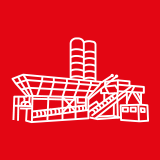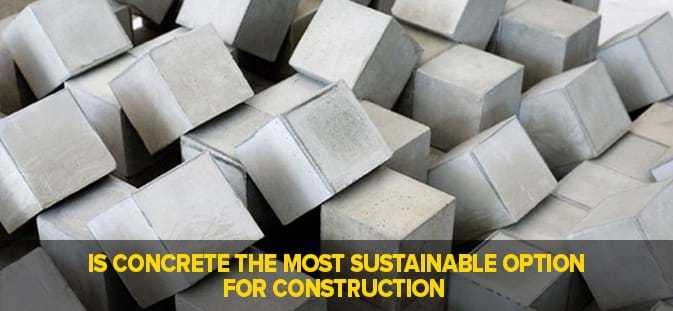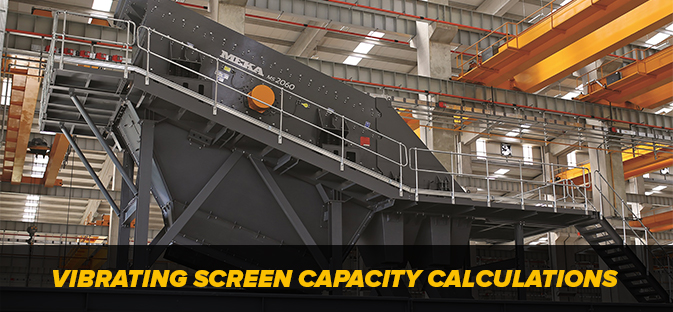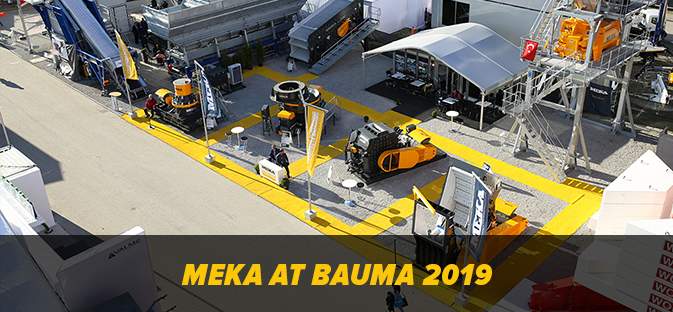Self Compacting Concrete
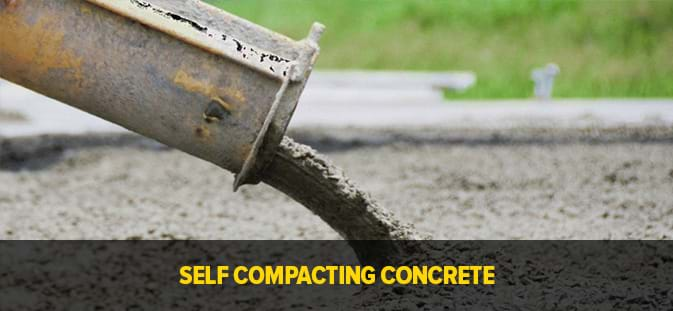
The ultimate objective of design and construction of reinforced structures is to produce a robust and durable product. The structural capacity, durability and physical appearance of any structural element are directly associated with the construction quality and the effective interaction between and the embedded reinforcement. A key parameter with a strong influence on steel interaction is the effectiveness of fresh ompaction, which will allow the extraction of entrapped air and the full encasement of reinforcement bars so that the two materials can act compositely.
However, it is recognized that, regardless of design quality and construction planning. Poor compaction is often identified as the major cause of some of the most common defects found in construction, including cold joints and surface imperfections, such as honeycombing and various blemishes, and unfilled cavities, including both surface and hidden voids. Inadequate compaction is usually attributed to lack of workforce training and poor on-site quality control, but also to subjective difficulties, such as formwork complexity and reinforcement congestion. These factors do not allow correct application of compaction and restrict from flowing freely throughout the form and effectively encasing reinforcement bars.

History
For several years beginning in 1983, the problem of the durability of structures was a major problem in Japan. To produce durable structures, sufficient compaction by skilled workers is required. However, the gradual reduction in the number of skilled workers in Japan's construction industry has led to a similar reduction in the quality of construction work. One solution for the achievement of durable structures independent of the quality of construction work is the employment of self-compacting which can be compacted into every corner of a formwork, purely by means of its own weight and without the need for vibrating compaction. The necessity of this type of was proposed by Okamura in 1986. Studies to develop self-compacting , including a fundamental study on the workability of were carried out by Ozawa and Maekawa at the University of Tokyo.
Definition
Self-compacting (SCC) is a type, which has considerable liquidity feature and ability to emplace by its own weight. This is an innovative which does not require vibration for compression and emplacement. Its liquidity and disintegration resistance guarantee high levels of homogeneity, minimum holes and uniform compacting resistance and provide high levels of resistance and finishing potential. SCC potentially provides high resistance in the early stages in general. Some of its significant advantages are the production with low water-cement rates, removal from the mold at early stages and enabling the faster use of the buildings.


Mix design principles
- The flowability and viscosity of the paste is adjusted by proportioning the cement and additives water to powder ratio and then by adding super plasticizers and viscosity-modifying admixture (VMA)
- The paste is the vehicle for the transport of the aggregate, therefore the volume of the paste must be greater than the void volume in the aggregate.
- In order to control temperature, rise and thermal shrinkage cracking as well as strength, the fine powder should be added to keep the cement content at an acceptable level. e.g. fly ash, mineral filler, silica fume etc.
Applications fields
It is used in all applications and precast elements where standard is used. The production process of self-settling c (SCC) produced in the ready-mixed plant and transported to construction site with transmixers does not contain any different stages than conventional . All vertical and horizontal construction can be installed by pumping or pouring. In the mix design, the dimensions, shape and reinforce arrangement of construction elements and the quantity should be taken into consideration.
- All reinforced elements
- Strengthening projects
- Elements with heavy reinforcement
- Different forms of building elements requiring complex and detailed mold
- Aesthetic mold design
- Can be used in all horizontal and vertical structural elements


Benefits
- Using self-compacting produce several benefits and advantages over regular Some of those benefits are:
- Improved constructability.
- Labor reduction.
- Bond to reinforcing steel.
- Improved structural Integrity.
- Accelerates project schedules.
- Reduces skilled labor.
- Flows into complex forms.
- Reduces equipment wear.
- Minimizes voids on highly reinforced areas.
- Produces superior surface finishes.
- Superior strength and durability.
- Allows for easier pumping procedure.
- Fast placement without vibration or mechanical consolidation.
- Lowering noise levels produced by mechanical vibrators.
- Produces a uniform surface.
- Allows for innovative architectural features.
- It is recommended for deep sections or long-span applications.
- Produces a wider variety of placement techniques

Conclusion
Self-Compacting is considered to be the most promising building material for the expected revolutionary changes on the job site as well as on the desk of designers and civil engineers. Finally, since the degree of compaction of the Self-Compacting used in a structure depends directly upon the quality of the itself, with no possibility of skilled workers compensating for poor ability, it is vital we have manufacturing system capable of producing self-compacting of the required quality. We can hope and trust that self-compacting will one day become so widely used that will be seen as the “standard ” rather than as a “special ”. When that happens, we will have succeeded in creating durable and reliable structures requiring very little maintenance work.
Vural MERCAN

